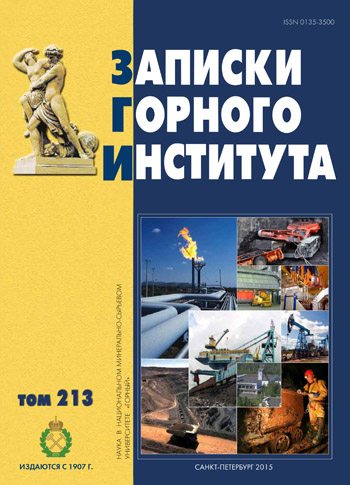Methods of evaluation of vibrational activity of power plants using the similarity theory and dimensional analysis
- 1 — Ph.D. professor National Mineral Resources University (Mining University)
- 2 — associate professor National Mineral Resources University (Mining University)
Abstract
The level and the nature of changes of vibrational parameters are one of the most important indicators of the technical state of diesel engines as the most sensitive to various derivations from nor-mal technical condition. This article discusses methods of assessment of vibration activity of engines generated by gasdynamic and mechanical factors. The possibility of using the methods of similarity theory and dimensional analysis in the development of new and improvement of existing methods of vibrational diagnostic of internal combustion engines, which significantly increases the informativeness of vibrational diagnostic of the engine.These criteria allows to simulate and study the impact of gas dynamic processes in combustion of fuel on the vibration of internal combustion engines, consider the impact on the relocation of the piston on the vibration activity of diesel and dependence of vibration velocity on the density of the material and to carry out measurements of vibration velocity on the surface of the cylinder block. The methods, that authors propose, are the basis for methods of determining of vibrational activity of dieselengines, are adequate to complexity of this process and to possibilities of measurement equipment.
